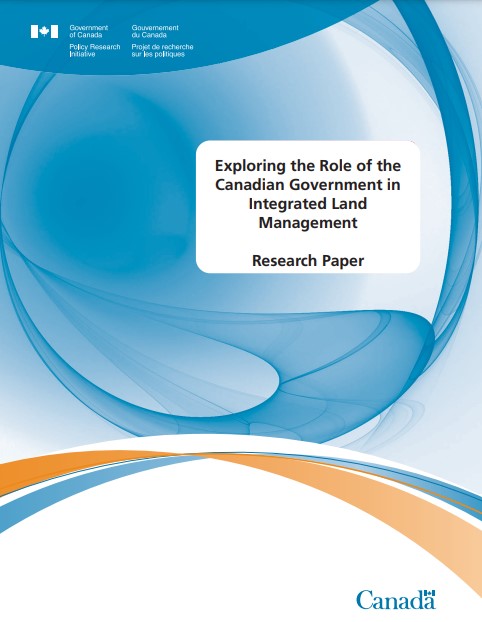Exploring the Role of the Canadian Government in Integrated Land Management.
Bosque Modelo:
Eastern Ontario
Temática:
Gobernanza
Tipo de documento:
Artículo científico
Resumen
Land use policy has been called the most “widespread, but little known example” of policy integration in Canada (Rayner and Howlett, 2009a: 166). This is often discussed in terms of Integrated Land Management (ILM), a systems approach to land and resource management, based on biophysical boundaries rather than land use activity. It employs a multistakeholder, trans-disciplinary and cross-jurisdictional approach to policy and decision making. As with most place-based1 initiatives, ILM is a multi-faceted process that is highly context specific, can be institutionalized or informal, top down or bottom up. As such, ILM is a land use policy integration tool has many commonalities with more recent – and perhaps more well-known – place-based approaches such as Vibrant Communities or Action for Neighborhood Change. These are projects that seek to improve social outcomes by addressing complex neighbourhood effects through collaborative multi-stakeholder processes.
Información Bibliográfica
Autor:
Bellefontaine, T., Cantin, B., & Haley, J.
Revista:
Policy Research Initiative.
Año:
2010
N°:
-
País :
Canadá
Páginas:
-
Volumen:
-
Idioma:
Ingles
Palabras claves
Model forest, canadian





